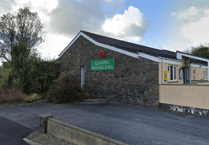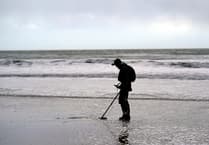Plans to improve access at historic Pembrokeshire woodland gardens run by the National Trust have been approved.
In an application to Pembrokeshire Coast National Park, Steve Whitehead, through agent Hughes Architects, sought permission for accessibility improvements to the path network at the National Trust’s historic Colby Woodland Garden, Bothy Tea Room, near Amroth.
Grade-II-listed Colby Lodge, is a small country house set within a Grade-II-Registered Park and Garden owned by the National Trust; the grounds and woodlands open to the public.
A supporting statement said the project forms part of a wider initiative by the National Trust to enhance visitor access and inclusivity at Colby Gardens; the existing car park separated from key visitor facilities and, in some cases, inaccessible routes.
It said: “The proposed improvements will provide safe, level, and well-defined pedestrian connections between these amenities, supporting a more inclusive and welcoming environment for all visitors. We have been commissioned by the National Trust to prepare a full planning application and Listed Building Consent submission for the creation of a new 1.8m wide path network, designed to match the existing materials and aesthetic of the site.
“The new paths will improve all-weather access for those with limited mobility and for families with pushchairs, providing a significantly enhanced visitor experience. The project also responds to current best practice around accessibility and public realm design in sensitive heritage contexts.”
It added: “Given the sensitivity of the site as a registered historic garden and its location within a protected landscape, the scheme has been developed with a strong emphasis on reversibility, minimal intervention, and ecological sensitivity. The works avoid any unnecessary intrusion into the setting of heritage features and retain the established character of the garden.”
An officer report recommending approval said: “Two representations have been received raising concerns as to the preclusion of horse-riding within the proposed scheme as well as wider concerns as to the use and accessibility of the wider path network.
“The application is clear that the proposed paths are intended for pedestrians only including those with limited mobility and families with pushchairs. The existing network of routes is not affected.”
The application was conditionally approved under delegated powers.





Comments
This article has no comments yet. Be the first to leave a comment.